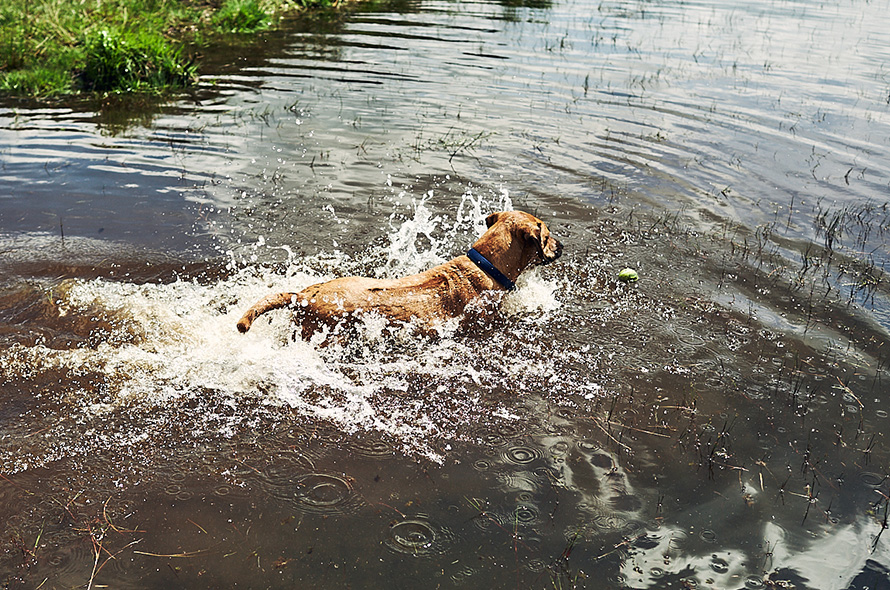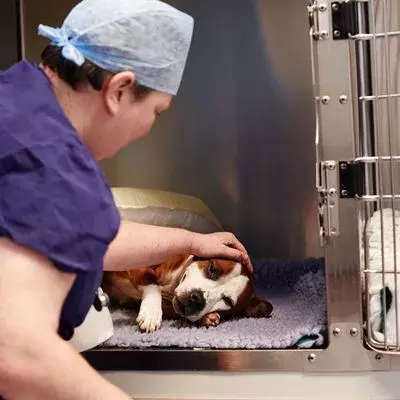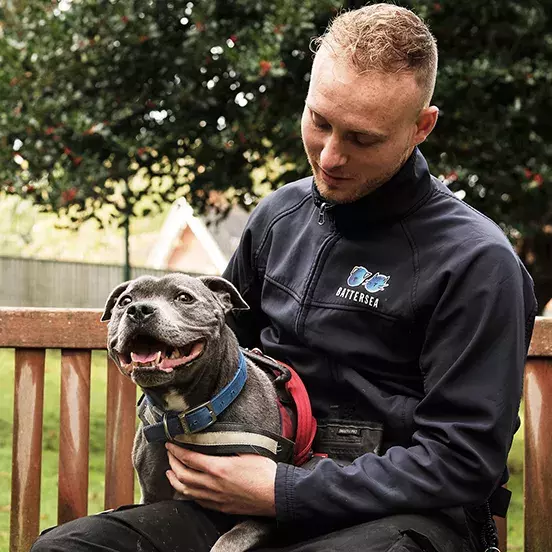This year the UK has already seen temperatures reach 27 °C. As we enjoy the warmer weather, it’s important to consider the impact high temperatures have on our pets.
Heatstroke causes immense suffering for dogs and can be fatal. When temperatures are high, dogs are unable to regulate their body temperature through panting, so they overheat and can develop heatstroke in as little as 15 minutes.
Some types of dogs are more prone to heatstroke, including very large, old or young dogs, dogs with thick coats, and brachycephalic breeds – such as Pugs and French Bulldogs. However, owners must remember that all dogs are in danger in hot vehicles and on hot walks.

PREVENTING HEATSTROKE
Prevention is the best way to protect your dog from heatstroke, so it is important to:
- Avoid over-exercising your dog in hot weather. Recent evidence shows that in the UK, most dogs that experience heat-related illness do so after exercising. Try to only walk your dog early in the morning or late in the evening when temperatures are cooler.
- Never leave a dog in a parked car. When it's 21°C outside, the inside of a car can reach 40°C within 30 minutes. Ensure that when travelling with your dog, you can keep them cool, take regular driving breaks to check on the dogs and provide water. There are times however when it is simply too hot outside for dogs to travel safely in cars, and when this is the case owners should amend their plans accordingly.
WARNING SIGNS OF HEATSTROKE
Dogs that are overheating often show the following signs:
- Heavy panting with bright red or blue gums
- Fitting or collapsing
- Diarrhoea or vomiting
- The dog appears drowsy or is losing consciousness
WHAT TO DO IF YOU SEE A DOG IN A CAR ON A WARM DAY
If the dog is showing any signs of heatstroke, dial 999. Some people’s immediate reaction is to phone the RSPCA, but in an emergency, they may not be able to respond quickly enough, and only the police are able to legally break into a car.
If the dog’s condition appears to be critical and you feel you need to free the dog, please be aware this may be classed as criminal damage. Tell the police what you intend to do, try to take photos of the animal in the vehicle, and ask any witnesses for their contact information.
If you see a dog in a car that doesn’t seem to be in distress, stay near the car and monitor the dog until the owner returns. Be prepared to dial 999 should their condition worsen.
TREATMENT FOR HEATSTROKE
Dogs suffering from heatstroke need to have their body temperature lowered gradually; move them to a cool, shaded area, pour cool water over the dog and let them drink small amounts of cool water. Do not use cold water as this could cause cold water shock. Once the dog is no longer in immediate danger, take them to the nearest vet.
For more information on how to help your dog cope with hot weather, check out our advice.


